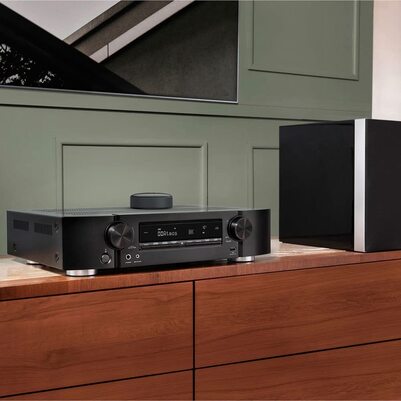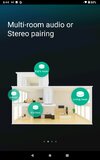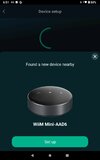As mentioned above, I drew additional interest in the WiiM Mini once
@Mortsnets posted screenshots of WiiM's dedicated control point app interface, as well as positive initial use impressions some weeks back in the Doorway Streamer thread.
In taking a look at the WiiM Mini as a Bluesound Node alternative, the first thing that grabs you is the price difference: $129 vs. $599 retail. So even if it ends up not
exactly 100% capable of everything that the Node can do, one cannot overlook that massive price difference.
Toss in the fact it seems to have adopted a U.S. street price of $89 (currently under $85 on Amazon's U.S. marketplace) and this is surely a good looking option for those wanting to keep their streamer spend to an absolute minimum. This is probably ever more relevant in the current environment of runaway inflation, bargains seem few and far between these days, but they are almost giving this unit away despite positive coverage in the trade press, and chip shortages be damned.
My thought there is this unit is cheap enough and also easy enough from an off-the-shelf perspective, that even if it turned out to be a little suboptimal in a primary system use case there would still have been very little risked, and every opportunity to use it in a 2nd system or as previously mentioned, in a sort of roving around the house type of role, maybe on the deck or patio, the garage or workshop, or even on the road at a summer or vacation home. Being cheap, small, lightweight, and with flexible operating modes to suit various use cases makes it very attractive in that regard.
But then there's that $64,000 question again: is this thing easy to configure and use? Would taking it to a vacation home, or even outside on the patio prove more troublesome than it's worth? Am I describing a fool's errand destined to taint the start of vacation, or be the grounds for a spouse fight?
Inquiring minds want to know, so I ordered one a few days ago, and it landed here in 2 days via the wonders of Amazon Prime.

 darko.audio
darko.audio

 darko.audio
darko.audio
















